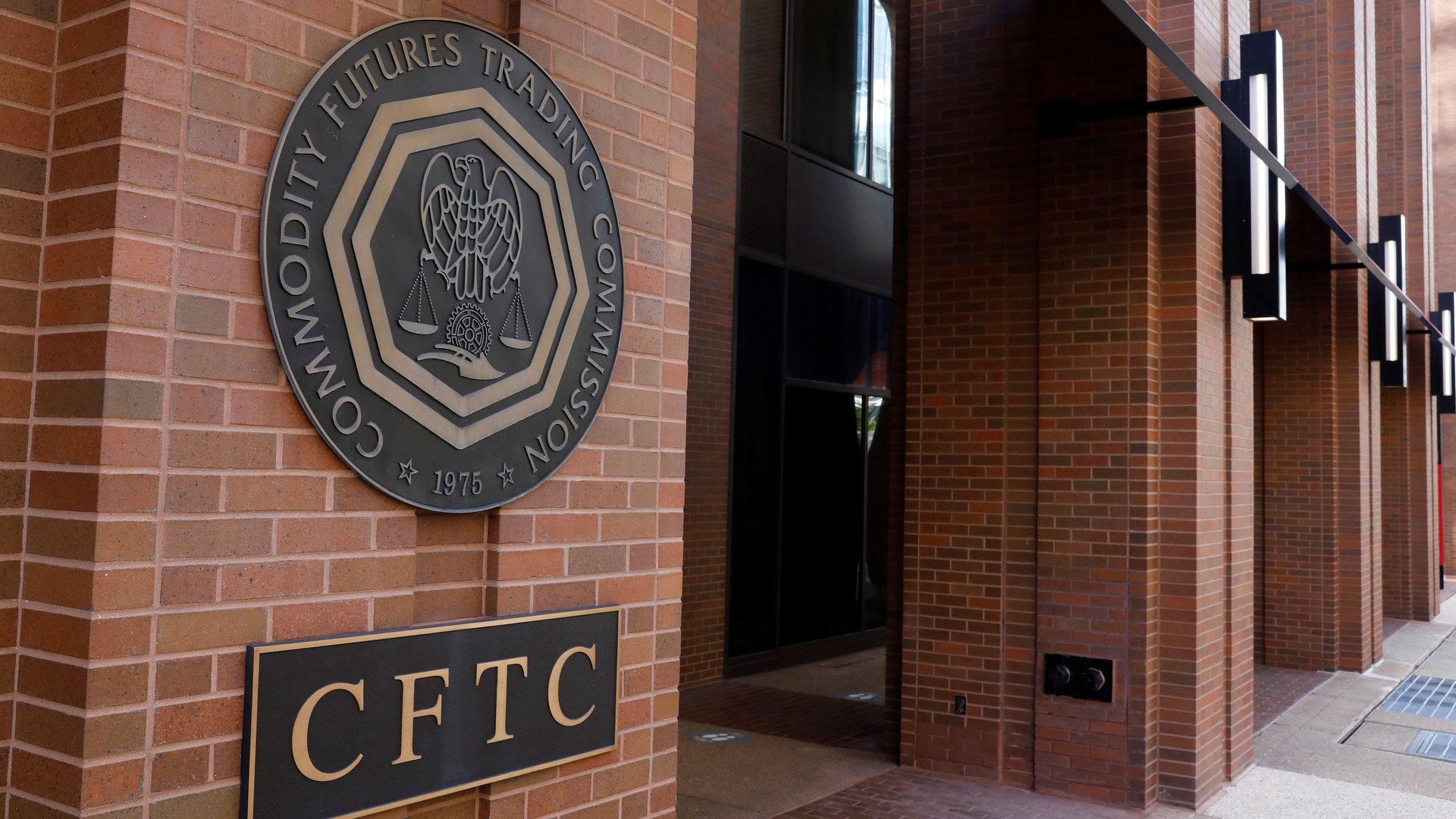The US crackdown on stablecoins is targeting Tether first
The US government is cracking down on stablecoins, taking its first major shot on Oct. 15 against Tether. The US Commodity Futures Trading Commission fined the popular stablecoin operator $41 million for allegedly misstating its reserves.

The US government is cracking down on stablecoins, taking its first major shot on Oct. 15 against Tether. The US Commodity Futures Trading Commission fined the popular stablecoin operator $41 million for allegedly misstating its reserves.
Stablecoins are cryptocurrencies pegged to certain government-backed currencies or precious metals, like silver or gold. While an odd fixture in the crypto community, which largely avoids governments and major financial institutions, stablecoins serve a purpose: They are mostly used by crypto businesses to transfer cash, or by investors that want to easily go in and out of crypto investments, without the intense volatility of cryptocurrencies like bitcoin.
But stablecoins are mostly unregulated, meaning that consumers have no guarantee that the company issuing the currency has appropriate reserves. In fining Tether, the US government sent a message that it is watching closely.
Is tether actually tethered to anything?
Tether (USDT) is the most valuable stabelcoin in the world, sporting a market capitalization of $69 billion, more than double the value of USD Coin (USDC), the next largest coin.
In order to assure buyers that it is trustworthy, Tether claimed it had cash reserves equal in value to the stablecoins it issued. The US government found that wasn’t at all true. During a period from 2016 to 2018, the CFTC found that Tether held 27.6% of the value of issued stabelcoins in fiat currency reserves. The Commission filed and settled charges with Tether that the company made “untrue or misleading statements and omissions of material fact.”
Rather, the company’s reserves depended on “unregulated entities and certain third-parties to hold funds comprising the reserves,” the government said, and shared reserves with Bitfinex, a cryptocurrency exchange with an undefined relationship to Tether. (The CFTC simultaneously fined Bitfinex $1.5 million for engaging in “illegal, off-exchange retail commodity transactions.)
In a statement, Tether pointed out that the findings were based on actions from more than two and a half years ago. The company insisted it always had enough money in reserve, saying in response to the CFTC fine that “[t]here is no finding that tether tokens were not fully backed at all times—simply that the reserves were not all in cash and all in a bank account titled in Tether’s name, at all times.”
Stablecoins are a largely unregulated space
While the US government can enforce some laws to crack down on stablecoins, as the CFTC did in enforcing the Commodity Exchange Act against Tether and Bitfinex, the tokens are still largely unregulated.
The Biden administration is reportedly working on new bank-like regulations on stablecoins, though it’s unclear whether they will recommend them to Congress or try to impose them unilaterally through the Financial Stability Oversight Council, which is led by the US Treasury Department. And earlier this month, the US Securities and Exchange Commission subpoenaed Circle, a key backer of the USDC stablecoin, for documents about its operations and products.
Wanted: a clearer definition of cash backing for stablecoins
The legal action against Tether is likely the beginning of a push for consumer protection and transparency from stablecoins, said Charley Cooper, a former chief operating officer of the CFTC who is now the managing director of the blockchain company R3. “We anticipate that due to the potential systemic nature of some stablecoins, regulatory supervision is a likely outcome in the near term.”
Darrell Duffie, a professor of management and finance at Stanford, said the fine against Tether was very much justified, but that better regulation is needed—including clearer definitions of what “cash backing” entails in the context of stablecoins.
“Providers of financial products should be held to high standards for meeting their claims about their products,” Duffie said, “especially on such a basic thing as the assets backing the product.”
Banks don’t need to keep one-to-one cash reserves, but they’re subject to lots of regulation, as Hanna Halaburda, an NYU professor and a former senior economist at the Bank of Canada, pointed out. “To allow for fractional banking in a safe way, not only reserves but also operations would need to be subject to regulation,” she said. And this of course has drawbacks for the industry, and for taxpayers. “Regulation not only goes against the original ideology of crypto,” Halaburda said, “but also is costly.”